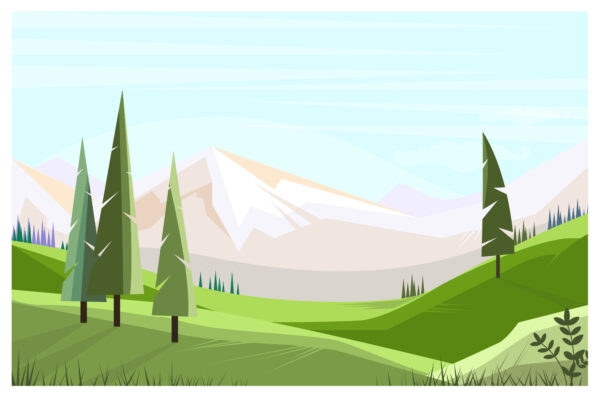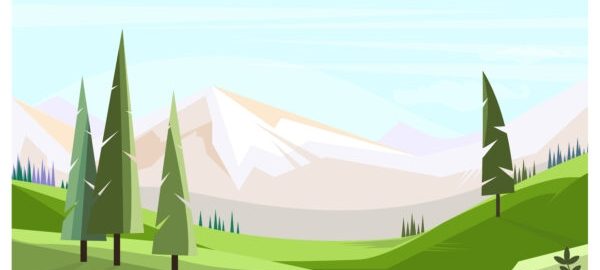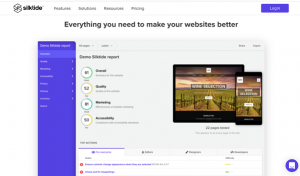
Image created by freepik.com
Burn out. This is extreme exhaustion that has a dramatic impact on physical and mental health. Research has well-established that burnout largely stems from the workplace. It is not the result of individuals making poor choices and managing time ineffectively. It is caused by a toxic culture and poor leadership that produces an environment of unfair treatment, unmanageable workloads, poor communication, lack of manager support, or unreasonable time pressures.
This leads many to believe that the only option is to resign from the job, and some do. But, for many, it is not possible. The luxury of quitting is only enjoyed by a few.
The good news is that finding relief is within reach.
Find Relief with Nature
A common symptom of burnout is the inability to focus. Whether it be physical, and our eyes can no longer clearly see the words on a screen or it’s mental and our thoughts wander and ruminate, losing the ability to focus is quite common.
Restore focus and find relief either by being outside or get this, by just looking at images or listening to nature. Countless studies over the years have shown that there is a direct and positive impact between views and sounds of greenspace and resilience. Here are just a few…
A Stanford University study looked at the impact of nature on emotion and memory. Two groups went on a 90-minute walk. One group walked through a grassy area with trees and shrubs and the other along a 4-lane roadway. Researchers looked at their brains, took heart and respiration rates, and had participants fill out questionnaires.
There was little difference physiologically but there was a big difference in their brains.
“…a brain region active during rumination – repetitive thought focused on negative emotions – decreased among participants who walked in nature versus those who walked in an urban environment.” Those who walked in nature had less negative and stressful thoughts than those walking down a city street.
By the way, the same results are not found if the nature walker has a cell phone in their hand. We’ll discuss why in a bit.
In other studies, this Stanford team found performance on attention and memory tests improved considerably after nature walks versus urban walks.
This study from 40 years ago paved the way for this research. Views of greenspace help patients of surgery not only heal faster but take less pain medication.
This researcher found tenants of apartment buildings in high-crime, low-income neighborhoods who had views of greenspace were better at focusing their attention, procrastinated less, and felt the obstacles they faced were less debilitating than those tenants whose windows faced a brick wall.
Why Nature is so Powerful
Some answers are found in Attention Restoration Theory, which “…proposes that exposure to nature is not only enjoyable but can also help us improve our focus and ability to concentrate (Ohly, White, Wheeler, Bethel, Ukoumunne, Nikolaou, & Garside, 2016).
Researchers Stephen and Rachel Kaplan of the University of Michigan are the researchers behind this one.
This is about how we pay attention. We have voluntary attention which zaps our executive functioning reserves. This is when we think (or agonize) over our workload, have back-to-back meetings, worry about deadlines, and stare at our inbox. This voluntary attention drains our proverbial battery. Therefore, we are depleted at the end of our day.
What The Kaplans (yes, they’re married) found is nature engages our involuntary attention or “soft fascination”. We hear birds singing, we feel the breeze on our face, or notice color changes and leaf shape. This takes less energy and consumes less resources which enables our bodies to relieve stress, restore energy, heal, and thus perform better. Having a cell phone in our hand taps voluntary attention which then negates the healing properties of the walk.

What is particularly remarkable is just looking at pictures or hearing sounds of nature are just as beneficial. This resonates for me. Ten years ago I took a picture of my parent’s lake from a kayak. I have hung it in every office I’ve worked in since. It’s been a source of stress relief for years and now I know why.
It’s clear that being in nature, seeing it, or listening to it may be the ticket to finding relief.
How to Begin
Follow the 20-5-3 Rule, this is an evidence-backed framework to restoring your energy and health through nature.
- 20 minutes a day/3 days per week in a neighborhood park.
- 5 hours a month in semi-wild nature, like a forested state park.
- 3 days a year off the grid — e.g. in a cabin.
Most people who are burned out are also over-scheduled. It’s reasonable to look at this recommendation and think “I have no time!”. But there is time, you just might have to allocate it differently.
Like a colleague of mine, the only way she gets a good walk into her day is by declining a meeting or two. She loves the sense of power and control she exerts over her schedule to prioritize herself.
Review your calendar now, ruthlessly assess it, cancel or decline meetings, and block time for yourself. You may not be able to start this week or next, but maybe after. Just set a start date.
Sometimes, the most difficult step is the first one. But take it, your well-being depends on it.
This post was originally published on the Growth Partners Consulting blog.
Business & Finance Articles on Business 2 Community
(16)









